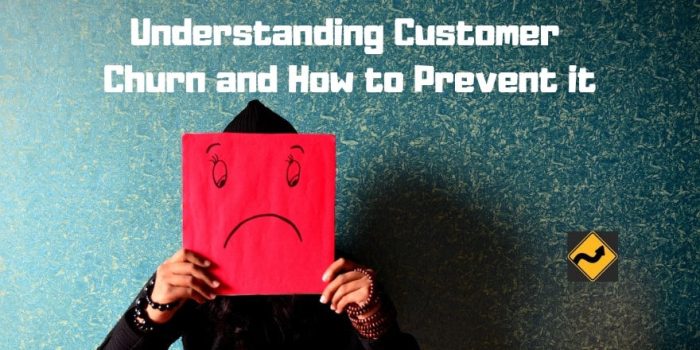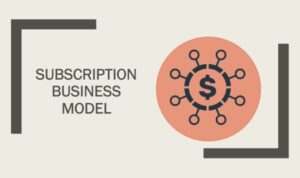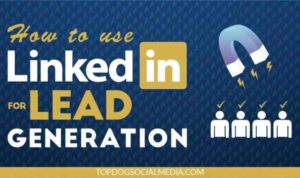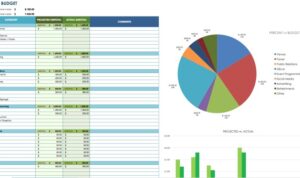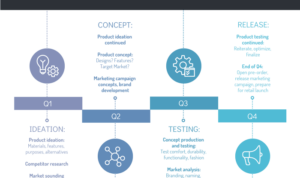Yo, get ready to dive into the world of Understanding Customer Churn! This topic is all about keeping those customers happy and sticking around. Let’s break it down and see how businesses can tackle this challenge head-on.
What is Customer Churn?: Understanding Customer Churn
Yo, listen up! Customer churn is a major buzzword in the business world. It basically means when customers stop using a company’s products or services. It’s like when your favorite rapper drops a new track, but then you stop streaming their music – that’s churn, baby!
Calculating Customer Churn
Churn Rate = (Customers Lost in a Period / Total Customers at the Beginning of the Period) x 100%
Calculating churn ain’t rocket science, homie! You just gotta divide the number of customers who bounced in a certain time frame by the total number of customers at the start of that same period. Multiply that by 100% and you got yourself the churn rate!
Impact of Customer Churn
Let me break it down for ya – industries like telecommunications, streaming services, and subscription boxes are hit hard by customer churn. When folks cancel their phone plan, unsubscribe from Netflix, or stop getting their monthly makeup box, it’s like money flying out the window!
Factors Influencing Customer Churn
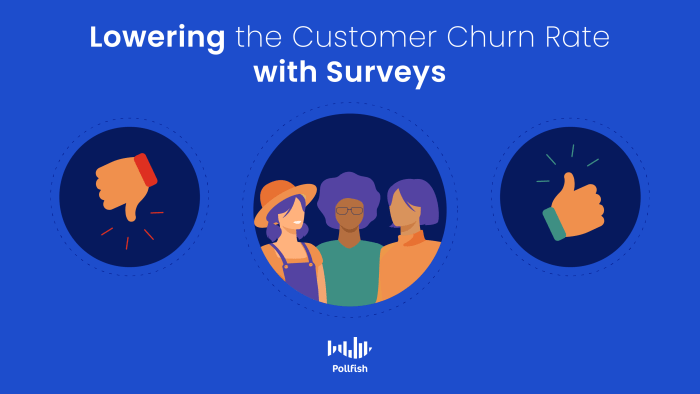
When it comes to customer churn, several key factors play a significant role in influencing whether customers decide to stay or leave a business. Understanding these factors is crucial for businesses looking to reduce churn rates and improve customer retention.
Impact of Customer Service on Churn Rates
Customer service is often a critical factor in determining whether a customer will stay loyal to a business or switch to a competitor. Poor customer service experiences can lead to dissatisfaction and frustration, ultimately driving customers away. On the other hand, exceptional customer service can create loyalty and increase customer satisfaction, reducing the likelihood of churn. Businesses must prioritize delivering excellent customer service to mitigate churn rates effectively.
Internal vs. External Factors Affecting Customer Churn
Internal factors refer to aspects within the control of the business, such as product quality, pricing, customer service, and overall customer experience. External factors, on the other hand, are influenced by outside sources, such as market competition, economic conditions, and industry trends. While businesses have more control over internal factors, external factors can also significantly impact customer churn rates. By addressing both internal and external factors, businesses can better understand the reasons behind customer churn and take proactive steps to retain customers.
Understanding Customer Behavior
Customer behavior patterns are key indicators that can help predict churn in a business. By analyzing how customers interact with products or services, businesses can identify signs of dissatisfaction or disengagement that may lead to churn. Understanding these patterns allows businesses to take proactive measures to retain customers before they decide to leave.
Analyzing Customer Feedback
Customer feedback plays a crucial role in reducing churn. By listening to customer concerns, suggestions, and preferences, businesses can address issues before they escalate and cause customers to churn. Feedback can provide valuable insights into areas where improvements are needed, helping businesses enhance their products or services to better meet customer needs.
- Customer feedback can highlight common pain points that may be driving customers away.
- Addressing feedback promptly can show customers that their opinions are valued, increasing loyalty and reducing churn.
- Implementing changes based on customer feedback can lead to improvements in customer satisfaction and retention rates.
The Role of Data Analytics
Data analytics plays a critical role in understanding customer behavior. By analyzing customer data such as purchase history, engagement metrics, and demographic information, businesses can uncover trends and patterns that indicate potential churn risk. Data-driven insights enable businesses to personalize customer experiences, target retention efforts effectively, and make data-backed decisions to reduce churn.
Data analytics empowers businesses to make informed decisions based on data rather than assumptions.
Strategies to Reduce Churn
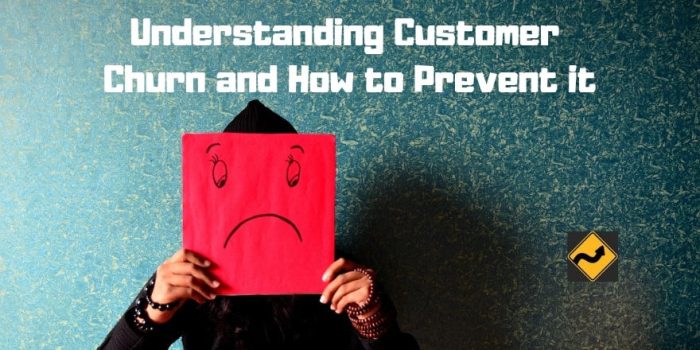
Reducing customer churn is crucial for the long-term success of any business. By implementing effective strategies, companies can improve customer loyalty and retention rates. One of the key ways to achieve this is through customer retention programs that focus on keeping existing customers satisfied and engaged. These programs can help build strong relationships with customers, leading to increased loyalty and reduced churn rates.
Importance of Customer Retention Programs
Customer retention programs play a vital role in reducing churn by offering incentives, rewards, and personalized experiences to customers. These programs aim to enhance customer satisfaction, encourage repeat purchases, and foster brand loyalty. By investing in customer retention initiatives, businesses can create a loyal customer base that is less likely to switch to competitors.
- Implementing a loyalty rewards program that offers discounts, exclusive offers, and personalized rewards based on customer preferences.
- Providing excellent customer service and support to address any issues or concerns promptly, ensuring a positive customer experience.
- Engaging with customers through personalized communication channels, such as email marketing, social media, and targeted promotions.
Successful Customer Retention Strategies in Different Industries, Understanding Customer Churn
Customer retention strategies can vary across industries, but the underlying goal remains the same: to reduce churn and increase customer loyalty. Successful examples include:
Amazon Prime’s subscription model, offering fast shipping, exclusive deals, and streaming services to retain customers and encourage repeat purchases.
Starbucks’ loyalty program, rewarding customers with points for each purchase, personalized offers, and freebies to drive customer engagement and loyalty.
Saas companies offering personalized onboarding, ongoing support, and feature updates to improve customer satisfaction and retention rates.
Utilizing Technology for Churn Management
In today’s digital age, technology plays a crucial role in helping businesses manage customer churn effectively. By leveraging advanced tools like AI, machine learning, CRM systems, and personalized marketing, companies can proactively address customer attrition and improve retention rates.
Role of AI and Machine Learning
AI and machine learning algorithms have revolutionized the way businesses predict customer churn. By analyzing vast amounts of data, these technologies can identify patterns and trends that indicate when a customer is likely to churn. This predictive analytics helps companies take preemptive actions to retain customers before they decide to leave.
Benefits of Using CRM Systems
CRM systems provide a centralized platform for businesses to track and manage customer interactions, preferences, and feedback. By integrating data from various touchpoints, companies can gain valuable insights into customer behavior and preferences. This enables personalized communication and targeted marketing strategies to reduce churn rates.
Personalized Marketing for Churn Reduction
Personalized marketing involves tailoring product recommendations, offers, and messages to individual customers based on their preferences and behavior. By delivering relevant and timely content, businesses can enhance customer engagement and loyalty. This customized approach not only reduces churn but also increases customer satisfaction and lifetime value.
